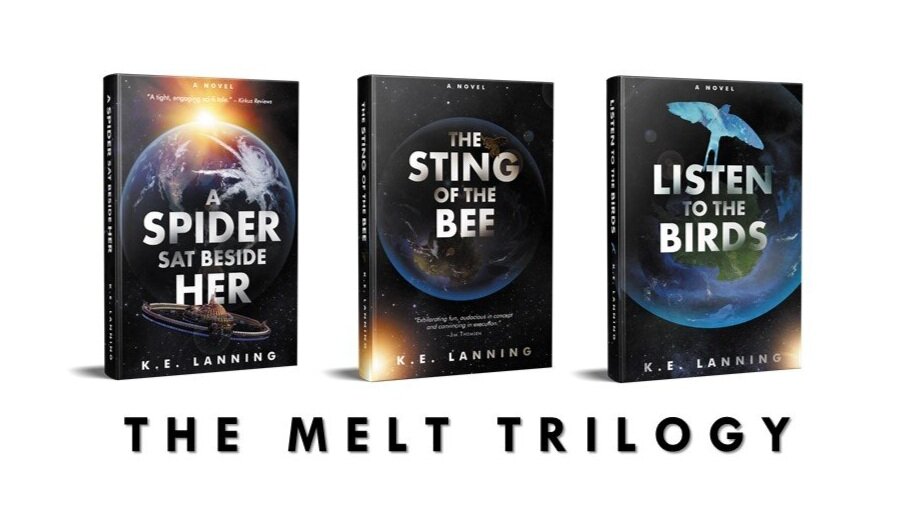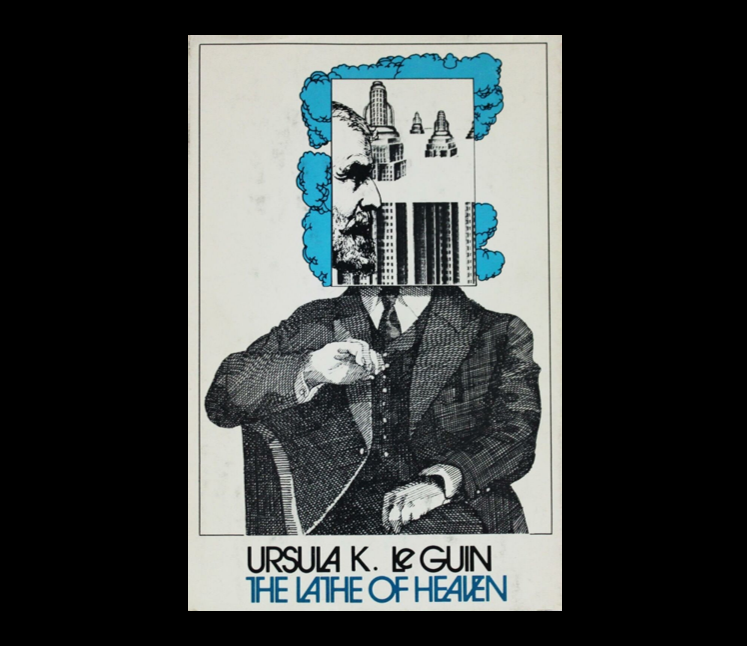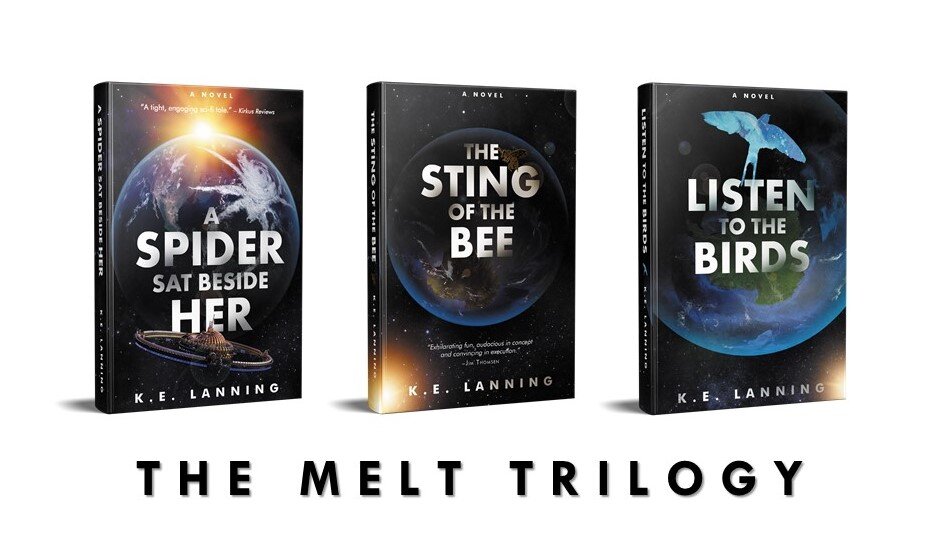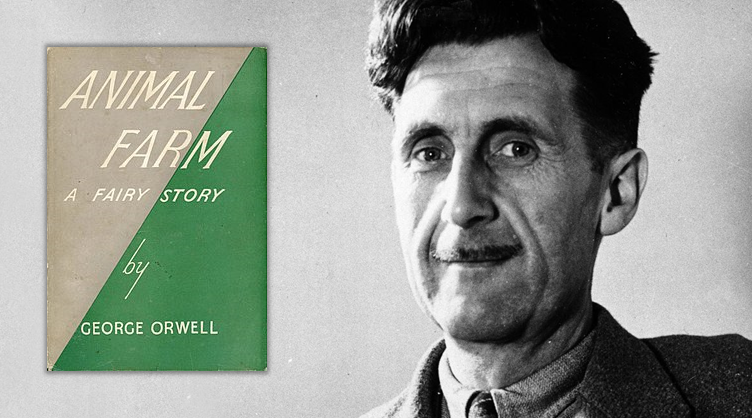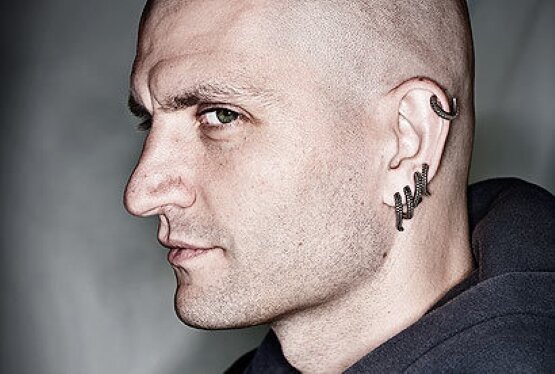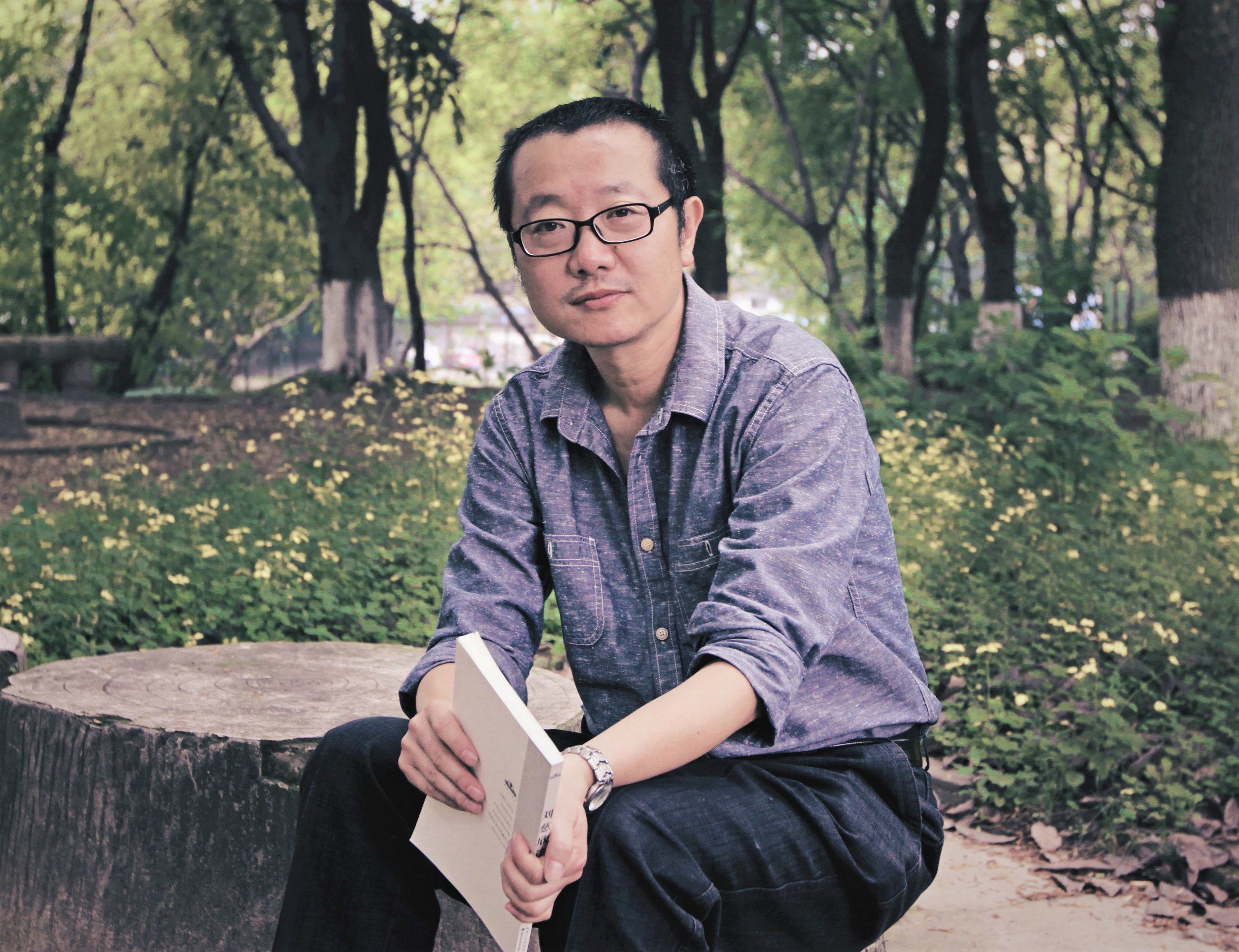COVID finally caught me in the spring of 2022. The virus gripped me in a malaise of fatigue and pain—and despair. Surging blood pressure, coughing until my chest ached, exhaustion and brain fog—all demanding that I rest, rest, rest. Many nights, as I lay in bed, I would imagine and then reimagine scenes in my half-completed manuscript. But, as I tossed and turned, I wondered—would I live to finish this novel? Or would I die, leaving my words stranded? Days merged into weeks . . . and then months.
Sick and weak, I lay in my room, gazing at the changing nature outside my window. In April, the winds rolled like waves, the moan of each gust rising as it approached, bowing branches with tender leaves, showering pollen in its wake. In May, the leaves stretched to full length, trembling in passing breezes. In June, emerald leaves hung listless until puffy clouds gathered, then darkened and raced across the sky, heralding their arrival with bursts of lightning and growls of thunder, pummeling the earth with rain.
Somehow, it seemed appropriate that I read Marcel Proust’s In Search of Lost Time.
In Search of Lost Time
Written in the first person, Marcel Proust’s prodigious multi-volume novel is regarded as a loose version of his own life. The story begins with the narrator as a young boy, retiring early to his bed, listening to parties outside his room, and desperately missing his mother’s presence.
As the story unfolds, the narrator describes life in the fictional town of Combray believed to be modeled after the real village of Proust’s own childhood, Illiers, renamed in 1971 to Illiers-Combray in his honor. With lyric prose, he takes us with his family along walks through the village and countryside.
“…we would be met on our way by the scent of his lilac-trees, come out to welcome strangers. Out of the fresh little green hearts of their foliage the lilacs raised inquisitively over the fence of the park their plumes of white or purple blossom, which glowed, even in the shade, with the sunlight in which they had been bathed.”
Proust wrote visually. The reader yields to his immersive, detailed images, seen from the narrator’s eyes, of the beauty of the landscape, his daily encounters with family and friends, and the varied rooms in which he lives. And his tangled relationship with life itself.
But overshadowing the narrator, from childhood through his final days, is a debilitating asthma—each breath precious and illusive. The same disease which plagued Proust himself. He spent his last years confined to his bedroom, sleeping during the day and working at night on his novel. In 1922, one hundred years ago, Marcel Proust died of pneumonia at the age of fifty-one.
The Light at the End
An excerpt from Volume II, Within a Budding Grove, resonated with my state of mind as I finally imaged the light at the end of COVID:
“Once again I had escaped from the impossibility of sleeping, from the deluge, the shipwreck of my nervous storms. I feared now not at all the menaces that had loomed over me the evening before, when I was dismantled of repose. A new life was opening before me; without making a single movement, for I was still shattered, although quite alert and well, I savored my weariness with a light heart; it had isolated and broken asunder the bones of my legs and arms, which I could feel assembled before me, ready to cleave together, and which I was to raise to life merely by singing, like the builder in the fable.”
As the grass withers in the summer of 2022, I have returned to writing my novel, fed, in part, by hazy revisions in those midnight hours.
Karen (K.E.) Lanning www.kelanning.com , author of the cli-fi series, The Melt Trilogy: A Spider Sat Beside Her, The Sting of the Bee, and Listen to the Birds, and currently writing two commercial literary novels: Where the Sky Meets the Earth and The Light of the Sun.



